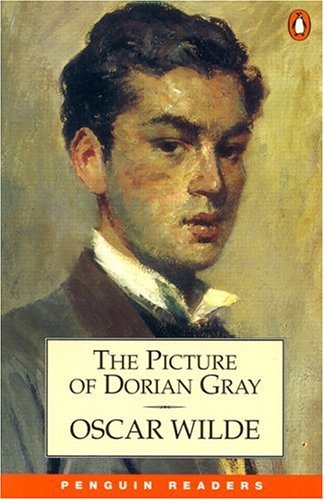I grew up as an avid reader, reading whatever my hands lied on. At a very young age, I found that reading was a true passion and not just a hobby, so I spent many hours reading under blankets and in my room, instead of going out to play. This has effected my adult life as I would rather be indoor than outdoor, and I would rather read a book than socialize but I do try to balance both at the same time.
Reading has given me access to portals and places that my other friends did not care about visiting. I read in both Arabic and English and as I grew older I found it hard to find time to read, however, I do try to assign a few minutes of my day for reading.
With the change in reading habits and with all the technological development, it did become natural to read on screens rather than the old fashioned way of printed books. I was against the idea at first, but once I got my first Kindle I enjoyed the experience greatly.
It is hard to tell what the future may hold, but considering the technological achievements thus far, I can only predict that reading would not only be about ink on paper or resolution on screen, but an interactive experience with visuals in 3D and sound accompanying it, being projected to the reader in the form of glasses or displayed on surfaces.
Reading has given me access to portals and places that my other friends did not care about visiting. I read in both Arabic and English and as I grew older I found it hard to find time to read, however, I do try to assign a few minutes of my day for reading.
With the change in reading habits and with all the technological development, it did become natural to read on screens rather than the old fashioned way of printed books. I was against the idea at first, but once I got my first Kindle I enjoyed the experience greatly.
It is hard to tell what the future may hold, but considering the technological achievements thus far, I can only predict that reading would not only be about ink on paper or resolution on screen, but an interactive experience with visuals in 3D and sound accompanying it, being projected to the reader in the form of glasses or displayed on surfaces.


